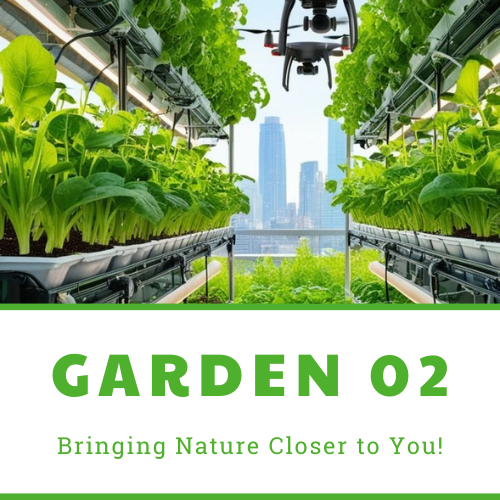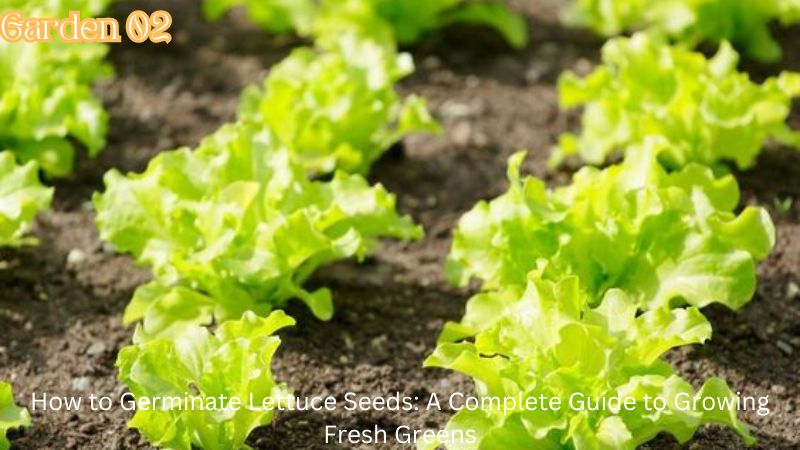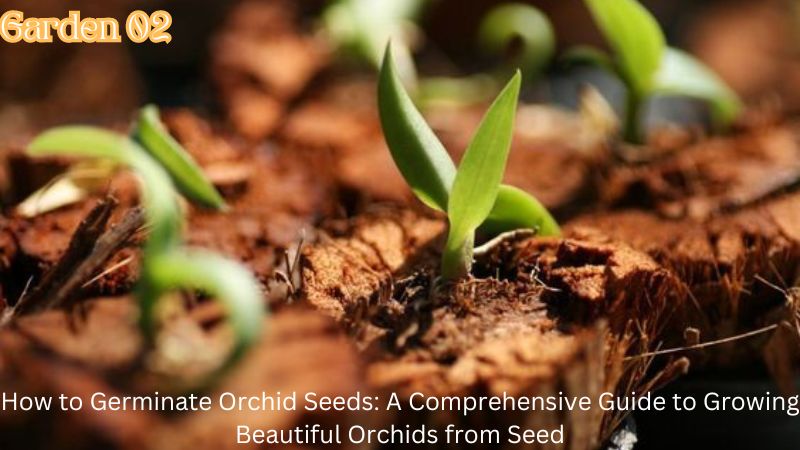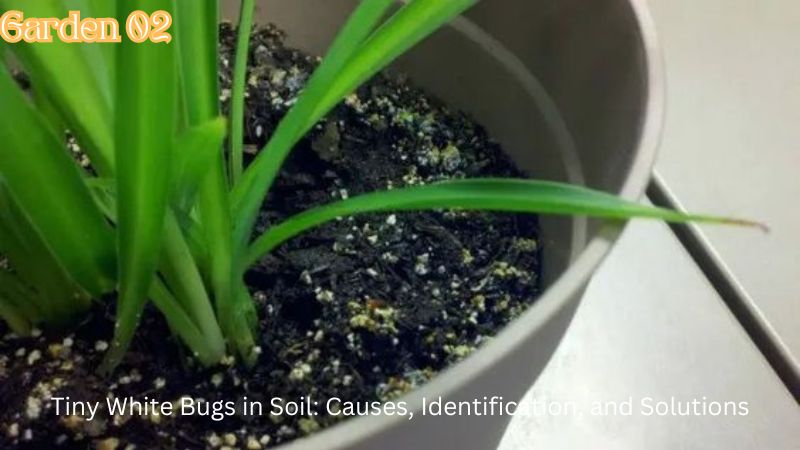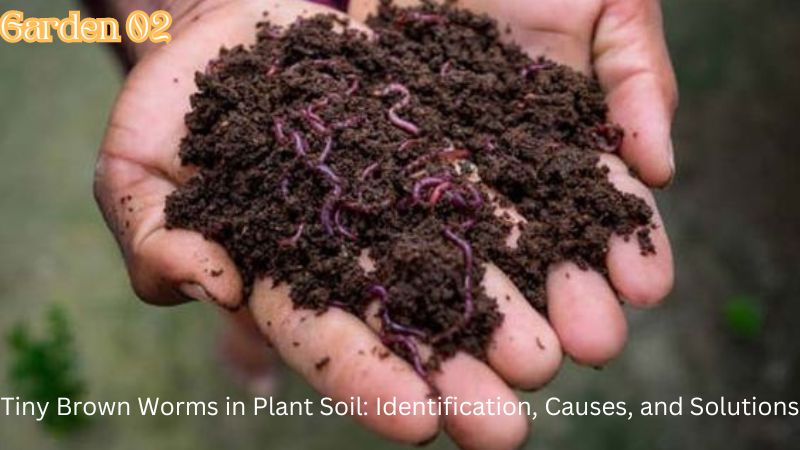Seeds and Germination
How to Germinate Lettuce Seeds: A Complete Guide to Growing Fresh Greens
Lettuce is one of the most popular and easy-to-grow leafy greens, making it a favorite among both beginners and experienced gardeners. Whether you’re planting a backyard vegetable garden or growing in containers, germinating lettuce seeds is a simple and rewarding process. Fresh, homegrown lettuce can enhance your meals with vibrant colors, crisp textures, and nutrient-packed leaves. The good news is that lettuce is a fast-growing, cool-season crop that germinates easily under the right conditions.
In this article, Garden 02 will explore how to germinate lettuce seeds successfully, from preparing the soil and selecting the right variety to maintaining optimal conditions for sprouting and growth. Follow these detailed steps to grow lush, healthy lettuce at home, either in the garden or indoors.
1. Why Grow Lettuce from Seeds?
Growing lettuce from seeds offers several advantages. Not only is it more cost-effective than buying transplants, but it also allows you to grow a wide variety of lettuce types, including heirloom and specialty varieties that may not be available in local stores. Starting from seed gives you greater control over your garden, ensuring you have fresh lettuce all season long.
1.1. Benefits of Growing Lettuce from Seeds
- Cost-Effective: A single packet of lettuce seeds can produce dozens or even hundreds of plants, making it a budget-friendly option for fresh produce.
- Variety: There are many types of lettuce seeds to choose from, including loose-leaf, romaine, butterhead, and crisphead varieties. Growing from seed lets you experiment with different textures, colors, and flavors.
- Continuous Harvest: By starting lettuce seeds indoors or directly in the garden, you can succession plant every few weeks, ensuring a steady supply of fresh greens throughout the growing season.
2. Choosing the Right Lettuce Variety
Before you start germinating lettuce seeds, it’s important to select the right variety based on your climate, growing conditions, and personal preferences.
2.1. Types of Lettuce
Lettuce comes in four main types, each with its own unique characteristics:
- Loose-Leaf Lettuce: This is the easiest type of lettuce to grow and harvest. Varieties such as ‘Black Seeded Simpson’ and ‘Red Salad Bowl’ produce tender, loosely packed leaves that can be harvested as needed.
- Romaine (Cos) Lettuce: Romaine lettuce has long, upright leaves with a crisp texture and strong flavor. ‘Parris Island Cos’ is a popular romaine variety known for its tolerance to heat.
- Butterhead Lettuce: Known for its tender, buttery leaves, butterhead lettuce varieties like ‘Bibb’ and ‘Buttercrunch’ form small, loose heads. These varieties are ideal for salads and wraps.
- Crisphead Lettuce: Iceberg lettuce is the most well-known type of crisphead lettuce. It forms tight, dense heads of crunchy leaves. While a bit more challenging to grow than loose-leaf varieties, it’s a rewarding option for gardeners seeking classic iceberg-style lettuce.
2.2. Climate Considerations
Lettuce is a cool-season crop that thrives in moderate temperatures between 60°F and 70°F (15°C and 21°C). It prefers cooler weather and can struggle in hot, dry conditions. Depending on your climate, you may need to adjust your planting schedule to take advantage of the cooler parts of the year, such as early spring or fall.
- Cool Climates: Grow lettuce in full sun for best results. It can tolerate light frosts, so you can start seeds early in the spring or plant in the fall.
- Warm Climates: In warmer regions, lettuce is best grown in partial shade to avoid heat stress and bolting (premature flowering that leads to bitter leaves). Planting in the fall, winter, or early spring is ideal.
3. Preparing the Soil for Lettuce Seeds
Lettuce grows best in rich, well-drained soil that is high in organic matter. Whether you are growing in the garden or in containers, soil preparation is key to ensuring a healthy crop.
3.1. Soil Requirements
- Soil Type: Lettuce prefers loose, loamy soil that retains moisture but drains well. Heavy clay or sandy soils can be improved by adding compost or organic matter.
- Soil pH: The ideal pH for lettuce is slightly acidic to neutral, between 6.0 and 7.0. You can test your soil’s pH using a soil test kit and adjust it as needed with amendments like lime or sulfur.
- Fertility: Lettuce is a heavy feeder, so it benefits from nutrient-rich soil. Work compost or well-rotted manure into the soil before planting to provide a steady supply of nutrients.
3.2. Bed or Container Preparation
- Raised Beds: If you’re growing lettuce in the garden, raised beds can improve drainage and soil quality. Loosen the soil to a depth of 6-8 inches and amend with compost to create a nutrient-rich environment for your lettuce seeds.
- Containers: Lettuce grows well in containers, making it a great option for those with limited space. Choose containers that are at least 6-8 inches deep and fill them with a well-draining potting mix.
4. How to Germinate Lettuce Seeds
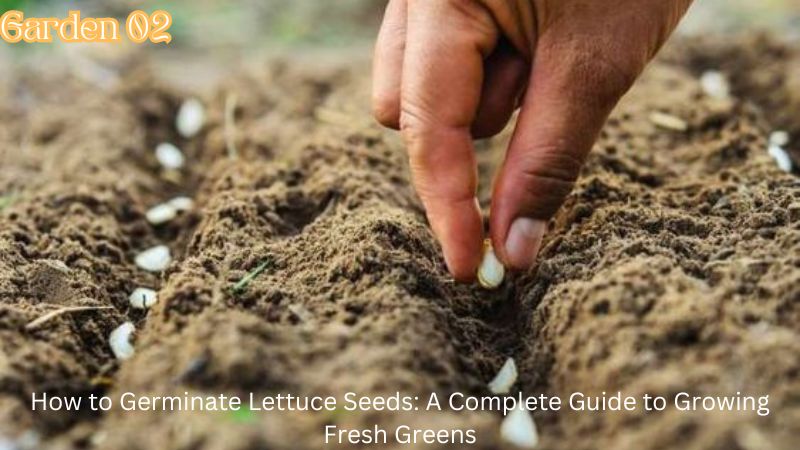
Lettuce seeds are relatively easy to germinate, but there are a few key factors to keep in mind to ensure success. Here’s a step-by-step guide to germinating lettuce seeds either indoors or directly in the garden.
4.1. Direct Sowing in the Garden
Lettuce seeds can be sown directly into the garden as soon as the soil can be worked in the spring. This is the easiest and most common method of planting lettuce.
- Step 1: Prepare the Soil: Loosen the soil to a depth of at least 6 inches, removing any rocks or debris. Rake the soil smooth to create a fine seedbed.
- Step 2: Sow the Seeds: Scatter the seeds thinly over the soil surface or plant them in rows, spacing the seeds about 1 inch apart. Lettuce seeds need light to germinate, so don’t cover them with more than 1/8 inch of soil.
- Step 3: Water Gently: Water the seedbed with a fine mist to avoid washing away the seeds. Keep the soil consistently moist until the seeds germinate, which usually takes 7-10 days.
- Step 4: Thin the Seedlings: Once the seedlings have grown to about 2-3 inches tall, thin them to allow space for mature growth. Space loose-leaf varieties 6-8 inches apart, and romaine or crisphead varieties 12-18 inches apart.
4.2. Starting Lettuce Seeds Indoors
For an early start, you can germinate lettuce seeds indoors and transplant the seedlings into the garden later.
- Step 1: Fill Seed Trays or Pots: Fill seed trays or small pots with a sterile seed-starting mix. Water the mix thoroughly before planting.
- Step 2: Sow the Seeds: Scatter the lettuce seeds on the surface of the soil and press them lightly into the soil. Don’t cover them, as they need light to germinate.
- Step 3: Provide Light and Warmth: Place the seed trays in a bright, warm location. Lettuce seeds germinate best at temperatures between 65°F and 75°F (18°C and 24°C). Use a grow light if natural light is insufficient.
- Step 4: Keep the Soil Moist: Water regularly to keep the soil evenly moist, but not soggy. Lettuce seeds usually germinate within 7-10 days.
- Step 5: Transplant Seedlings: Once the seedlings have developed 2-3 true leaves and the outdoor soil temperature is at least 50°F (10°C), you can transplant them into the garden or containers. Be sure to harden off the seedlings by gradually exposing them to outdoor conditions over the course of a week.
5. Caring for Germinating Lettuce Seeds
After your lettuce seeds have germinated, proper care is essential to ensure healthy growth and high yields. Here’s how to care for your seedlings:
5.1. Watering
Lettuce has shallow roots and requires consistent moisture to thrive. Water the plants regularly to keep the soil evenly moist but not waterlogged. Avoid overhead watering, as wet leaves can lead to fungal diseases. Drip irrigation or a soaker hose works well for maintaining moisture without soaking the foliage.
5.2. Mulching
Mulching around the lettuce plants helps conserve moisture, suppress weeds, and keep the soil cool. Use a light mulch like straw or shredded leaves to cover the soil surface, especially during warmer weather.
5.3. Fertilizing
Lettuce benefits from regular feeding, especially if grown in containers. Use a balanced, water-soluble fertilizer every two weeks to encourage healthy growth. Alternatively, side-dress garden-grown lettuce with compost or organic fertilizer during the growing season.
5.4. Thinning and Spacing
To prevent overcrowding and ensure proper air circulation, thin seedlings as needed. Crowded plants compete for nutrients and are more susceptible to diseases. Follow spacing guidelines based on the lettuce variety you are growing.
6. Common Challenges and Solutions
While lettuce is generally easy to grow, there are a few common challenges you may encounter during germination and early growth. Here’s how to address them:
